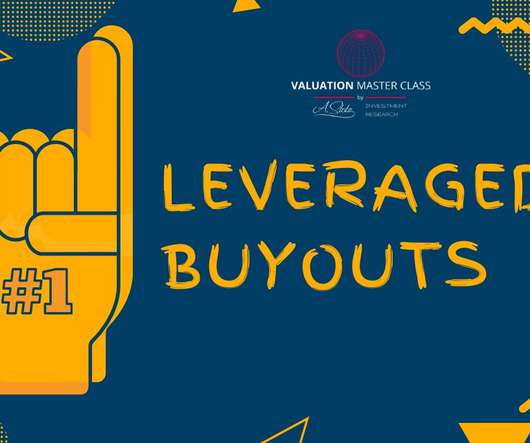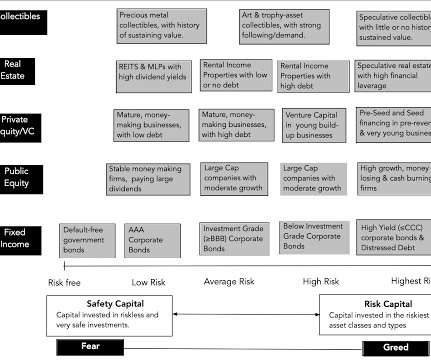Leveraged Buyouts
Andrew Stolz
APRIL 3, 2020
The buyer (the “sponsor”) raises debt and equity to acquire the target. It borrows the majority of the purchase price and contributes proportionately small equity investment. The LBO ratios can go to 90% of debt and 10% of equity. A private equity firm aims a target return of around 20 – 25% (WallStreetMojo, 2018).











Let's personalize your content